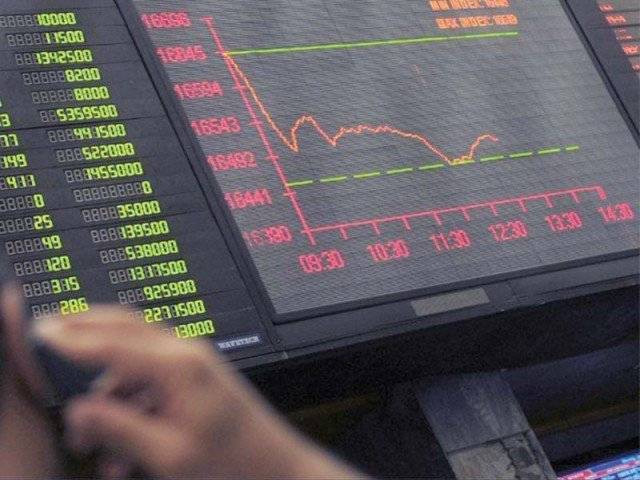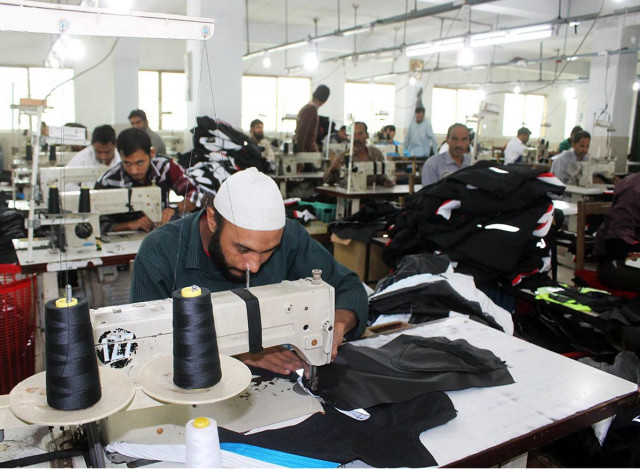Business
Eli Lilly hikes price of diabetes drug Mounjaro in UK as Trump pressures pharma to align drug costs

Mounjaro manufactured by Eli Lilly and Company packaging is seen in this illustration photo taken in a pharmacy in Krakow, Poland on April 9, 2024.
Nurphoto | Nurphoto | Getty Images
Eli Lilly on Thursday said it is raising the list price of its blockbuster diabetes drug Mounjaro in the U.K. starting in September, as President Donald Trump pressures drugmakers to lower U.S. drug prices and hike them abroad.
In a statement, Eli Lilly said it reached an agreement with the U.K. government to increase the list price of the weekly injection, while “maintaining access” for patients covered under the publicly funded health-care system, the National Health Service, or NHS.
Eli Lilly told CNBC that the price hike will not affect the drug’s availability under NHS, and it wants to work with the government to boost access. The company added that it does not determine prices that private health-care providers set, but is working with them to ensure access to Mounjaro.
In a statement on Thursday, NHS said Mounjaro’s list price increase “will not affect NHS commissioning of tirzepatide in England for eligible people living with obesity, based on clinical priority, or as a treatment for type 2 diabetes.” Tirzepatide is the active ingredient in Mounjaro and its counterpart for weight loss, Zepbound.
Mounjaro’s current list price in the UK ranges from £92 (about $124.89) to £122 a month, depending on the dose size, according to Eli Lilly. The drug’s new list price will increase to between £133 and £330 starting on Sept. 1.
The company added that it is working with certain governments and expects to make pricing adjustments in those countries by that date. In the U.S., the list price for a month’s supply of Mounjaro is $1,079.77 before insurance and other rebates.
Eli Lilly said it supports the Trump administration’s goal of keeping the U.S. the “world’s leading destination for biopharmaceutical research and manufacturing, and the objective of more fairly sharing the costs of breakthrough medical research across developed countries.”
“This rebalancing may be difficult, but it means the prices for medicines paid by governments and health systems need to increase in other developed markets like Europe in order to make them lower in the US,” the company said in the statement.
The announcement comes after Trump in July sent separate letters to 17 drugmakers, including Eli Lilly, calling on them to take steps to lower drug prices by Sept. 29. The move built on the president’s executive order in May reviving a controversial plan – the “most favored nation” policy – that aims to slash drug costs by tying the prices of some medicines in the U.S. to the significantly lower ones abroad.
U.S. prescription drug prices are two-to-three times higher on average than those in other developed nations – and up to 10 times more than in certain countries, according to the Rand Corp., a public policy think tank. Trump has said he wants to narrow that gap to stop Americans from being “ripped off.”
Eli Lilly’s announcement on Thursday comes as the industry braces for Trump’s planned tariffs on pharmaceuticals imported into the U.S. In its statement, the company said it opposes those tariffs, arguing they will “raise costs, limit patient access, and undermine American leadership, especially for companies already investing heavily in domestic manufacturing.”
In recent months, Eli Lilly was among several drugmakers to announce new plans to invest in U.S. manufacturing sites.
Business
Trade talks: India, EU wrap up 14th round of FTA negotiations; push on to seal deal by December – The Times of India

India and the 27-nation European Union (EU) have concluded the 14th round of negotiations for a proposed free trade agreement (FTA) in Brussels, as both sides look to resolve outstanding issues and move closer to signing the deal by the end of the year, PTI reported citing an official.The five-day round, which began on October 6, focused on narrowing gaps across key areas of trade in goods and services. Indian negotiators were later joined by Commerce Secretary Rajesh Agrawal in the final days to provide additional momentum to the talks.During his visit, Agrawal held discussions with Sabine Weyand, Director General for Trade at the European Commission, as both sides worked to accelerate progress on the long-pending trade pact.Commerce and Industry Minister Piyush Goyal recently said he was hopeful that the two sides would be able to sign the agreement soon. Goyal is also expected to travel to Brussels to meet his EU counterpart Maros Sefcovic for a high-level review of the progress made so far.Both India and the EU have set an ambitious target to conclude the negotiations by December, officials familiar with the matter said, PTI reported.Negotiations for a comprehensive trade pact between India and the EU were relaunched in June 2022 after a hiatus of more than eight years. The process had been suspended in 2013 due to significant differences over market access and tariff liberalisation.The EU has sought deeper tariff cuts in sectors such as automobiles and medical devices, alongside reductions in duties on products including wine, spirits, meat, and poultry. It has also pressed for a stronger intellectual property framework as part of the agreement.For India, the proposed pact holds potential to make key export categories such as ready-made garments, pharmaceuticals, steel, petroleum products, and electrical machinery more competitive in the European market.The India-EU trade pact talks span 23 policy chapters covering areas such as trade in goods and services, investment protection, sanitary and phytosanitary standards, technical barriers to trade, rules of origin, customs procedures, competition, trade defence, government procurement, dispute resolution, geographical indications, and sustainable development.India’s bilateral trade in goods with the EU stood at $136.53 billion in 2024–25, comprising exports worth $75.85 billion and imports valued at $60.68 billion — making the bloc India’s largest trading partner for goods.The EU accounts for nearly 17 per cent of India’s total exports, while India represents around 9 per cent of the bloc’s overall exports to global markets. Bilateral trade in services between the two partners was estimated at $51.45 billion in 2023.
Business
Telcos network costs rise: Gap between expenditure and revenue exceeds Rs 10,000 crore; COAI flags rising network investment burden – The Times of India

The gap between telecom operators’ network expenditure and revenue continues to widen, prompting industry body COAI to defend calls for higher mobile tariffs, citing the increasing financial burden of network deployment on service providers.Speaking at the India Mobile Congress, Cellular Operators Association of India (COAI) Director General, SP Kochhar, told PTI that while the government has provided significant support to telecom operators through policies such as the right of way (RoW), several authorities continue to levy exorbitant charges for laying network elements.“Earlier, the gap until 2024 for infrastructure development and revenue received from tariffs was around Rs 10,000 crore. Now it has started increasing even further. Our cost of rolling out networks should be reduced by a reduction in the price of spectrum, levies etc. The Centre has come out with a very good ROW policy. It is a different matter that many people have not yet fallen in line and are still charging extremely high,” Kochhar said.He also defended the recent cut in data packs for entry-level tariff plans by select operators, stressing that the move was necessary given competitive pressures.Kochhar pointed out that competition among the four telecom operators remains intense, and there has been no significant trend suggesting that consumers are shifting towards low-cost data options.“There is a need to find ways to make high network users pay more for the data. Seventy per cent of the traffic which flows on our networks is by 4 to 5 LTGs (large traffic generators like YouTube, Netflix, Facebook etc). They pay zero. Nobody will blame OTT but they will blame the network. Our demand to the government is that they [LTGs] should contribute to the development of networks,” Kochhar said.He added that the investments made by Indian telecom operators are intended for the benefit of domestic consumers and are not meant to serve as a medium for profit for international players who do not bear any cost.
Business
Indias Real Estate Equity Inflows Jump 48 Pc In Q3 2025: Report
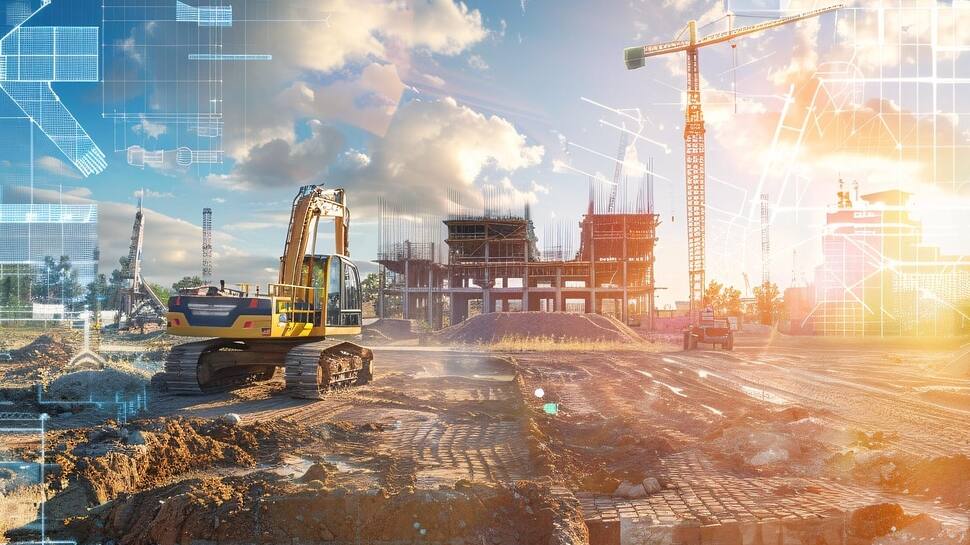
NEW DELHI: Equity investments in India’s real estate sector jumped 48 per cent year-on-year to $3.8 billion in the July-September period (Q3), a report said on Friday. This growth in inflow was primarily fuelled by capital deployment into land or development sites and built-up office and retail assets, according to the report by real estate consulting firm CBRE South Asia.
In the first nine months of 2025, the equity investments increased by 14 per cent on-year to $10.2 billion — from $8.9 billion in the same period last year.
The report highlighted that land or development sites and built-up office and retail assets accounted for more than 90 per cent of the total capital inflows during Q3 2025.
On the category of investors, developers remained the primary drivers of capital deployment, contributing 45 per cent of the total equity inflows, followed by Institutional investors with a 33 per cent share.
CBRE reported that Mumbai attracted the highest investments at 32 per cent, followed by Pune at around 18 per cent and Bengaluru at nearly 16 per cent.
Anshuman Magazine, Chairman and CEO – India, South-East Asia, Middle East and Africa, CBRE, said that the healthy inflow of domestic capital demonstrates the sector’s resilience and depth.
“In the upcoming quarters, greenfield developments are likely to continue witnessing a robust momentum, with a healthy spread across residential, office, mixed-use, data centres, and I&L sectors,” he added.
In addition to global institutional investors, Indian sponsors accounted for a significant part of the total inflows.
“India’s ability to combine strong domestic capital with global institutional participation will remain a key differentiator in 2026 and beyond,” added Gaurav Kumar, Managing Director, Capital Markets and Land, CBRE India.
CBRE forecasts a strong finish for the investment activity in 2025, fuelled by capital deployment into built-up office and retail assets.
For the office sector, the limited availability of investible core assets for acquisition indicate that opportunistic bets are likely to continue gaining traction, the report noted.
-

 Tech6 days ago
Tech6 days agoI’ve Tested Countless Mesh Systems. Here Are the Routers I Recommend
-

 Tech1 week ago
Tech1 week agoAmazon Prime Big Deal Days Is Next Week, but We Already Found 40 Early Deals
-
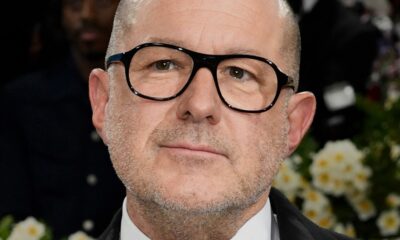
 Tech6 days ago
Tech6 days agoJony Ive Says He Wants His OpenAI Devices to ‘Make Us Happy’
-

 Tech1 week ago
Tech1 week agoAll Hail the Surprisingly Versatile Packing Cube! These Are Our Favorites
-

 Tech1 week ago
Tech1 week agoAI in an ‘industrial bubble’ but will benefit society: Bezos
-

 Tech1 week ago
Tech1 week agoAmazon is overhauling its devices to take on Apple in the AI era
-
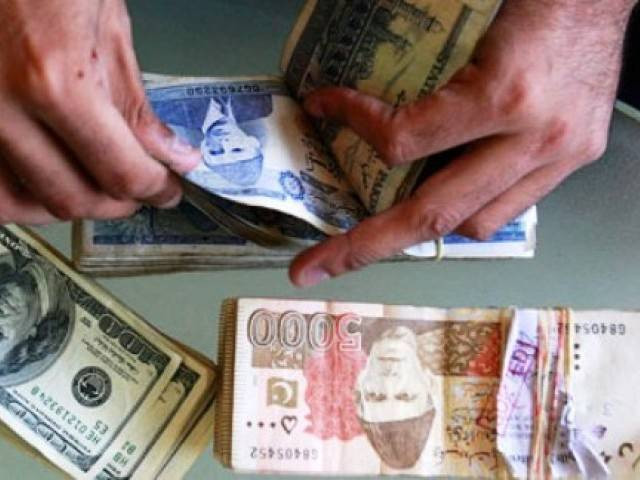
 Business7 days ago
Business7 days agoInvestors are packing up; Pakistan must ask why | The Express Tribune
-

 Tech1 week ago
Tech1 week agoCombat Dry Indoor Winter Air With a New Humidifier



